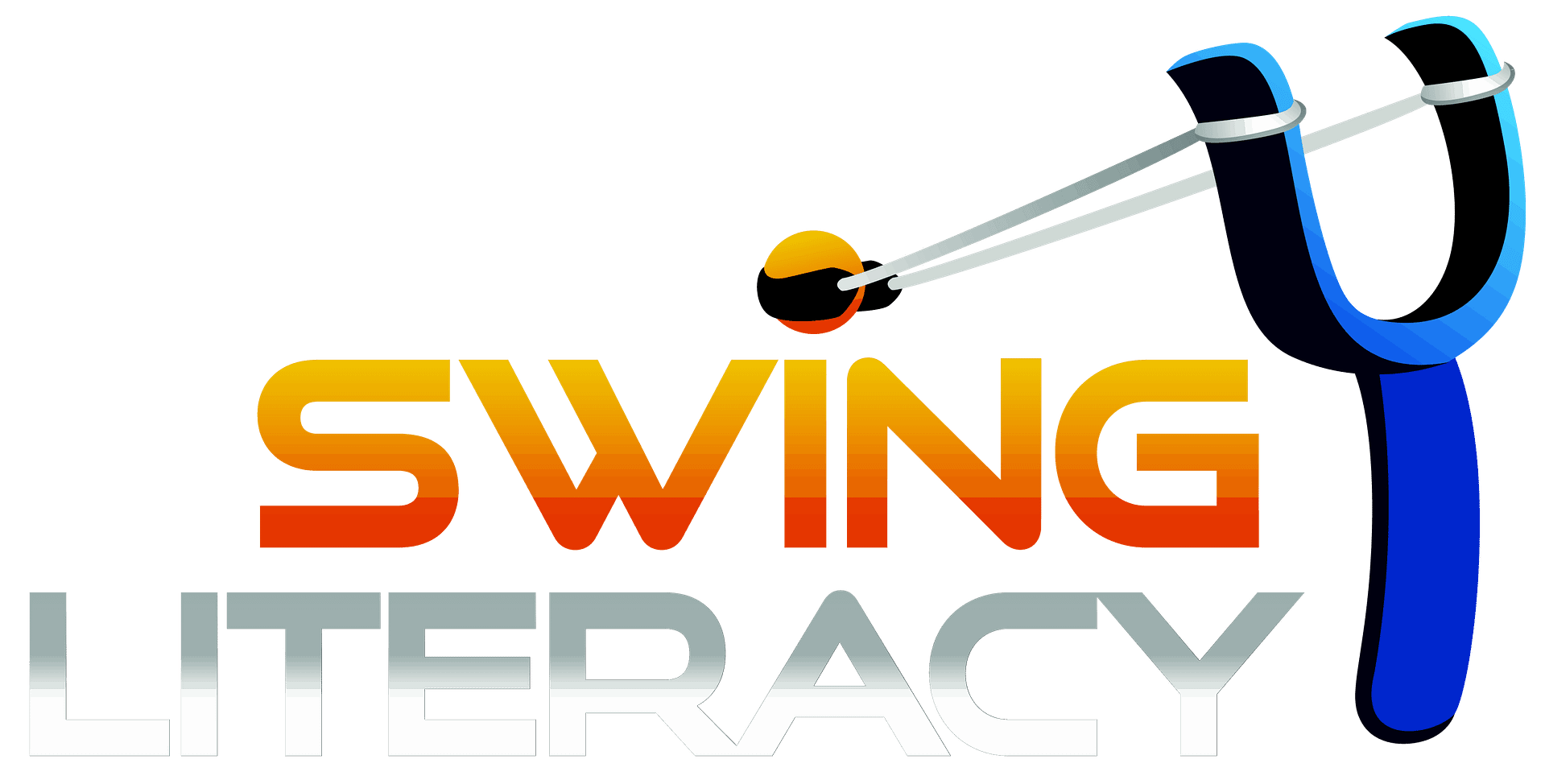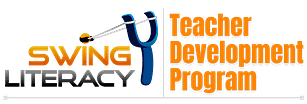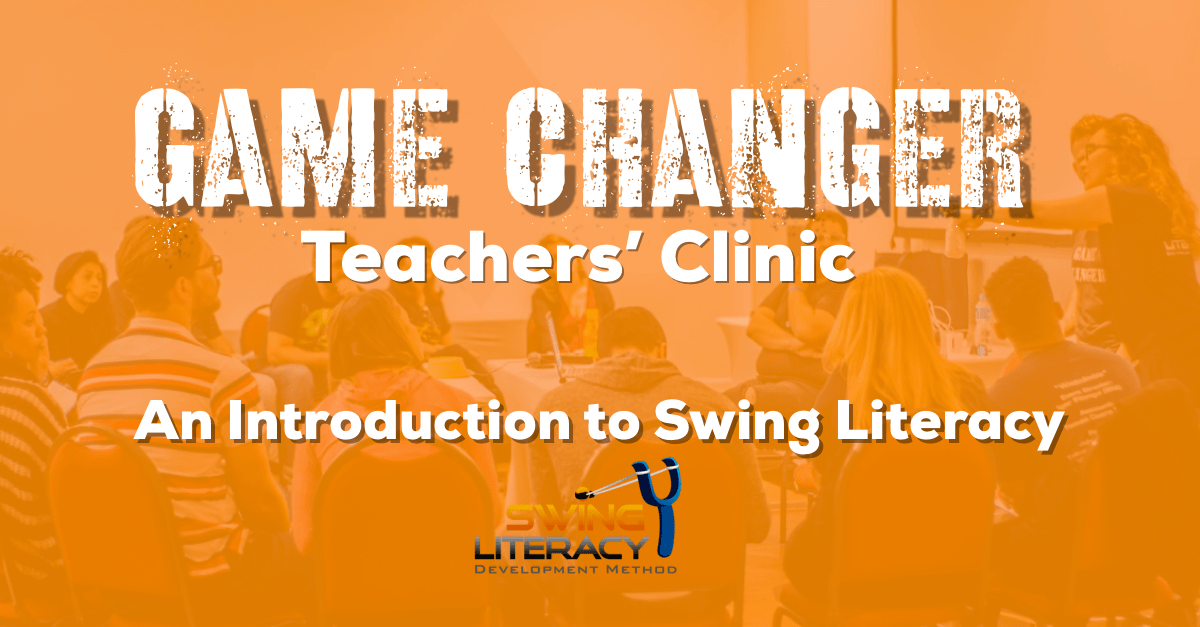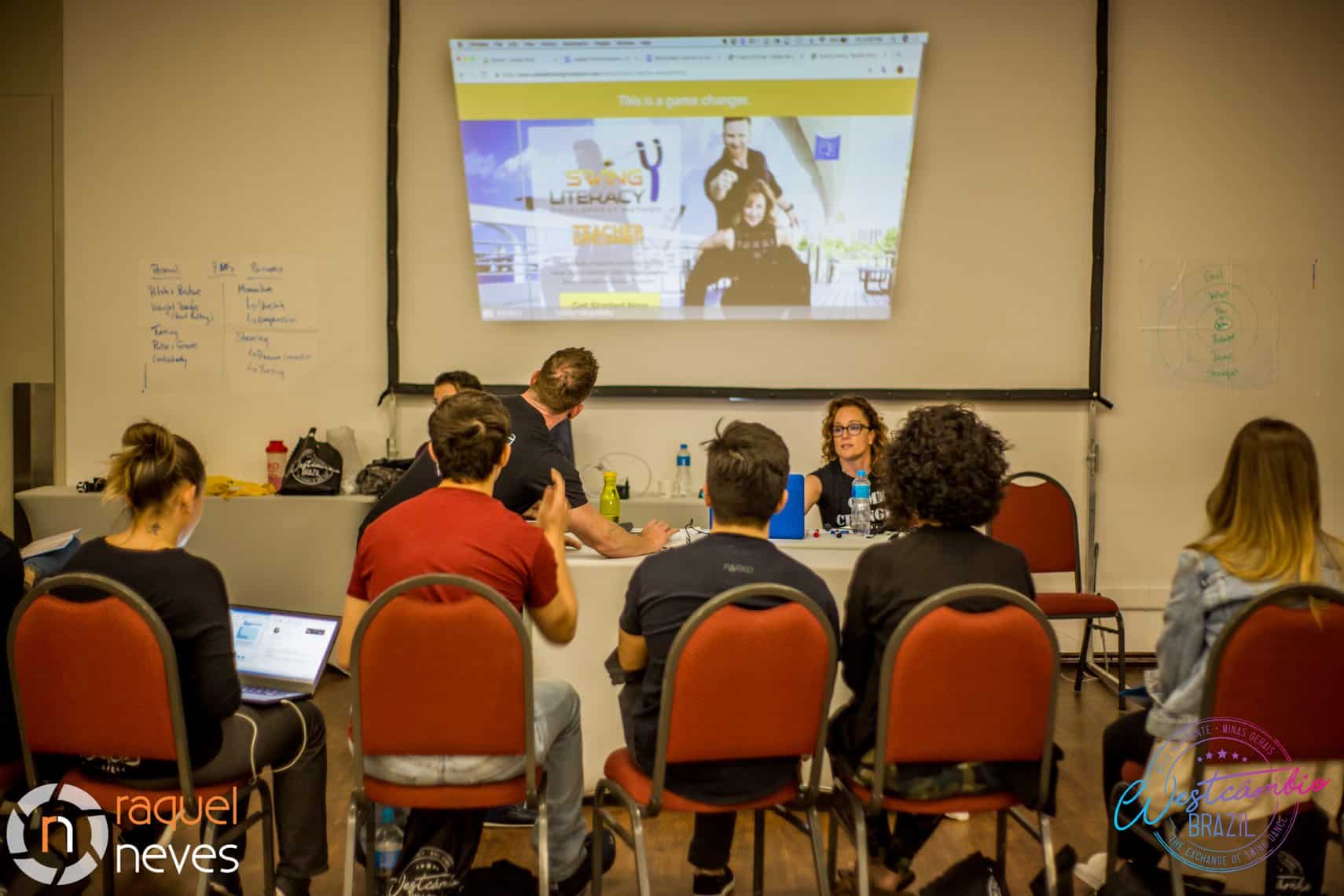No products in the cart.
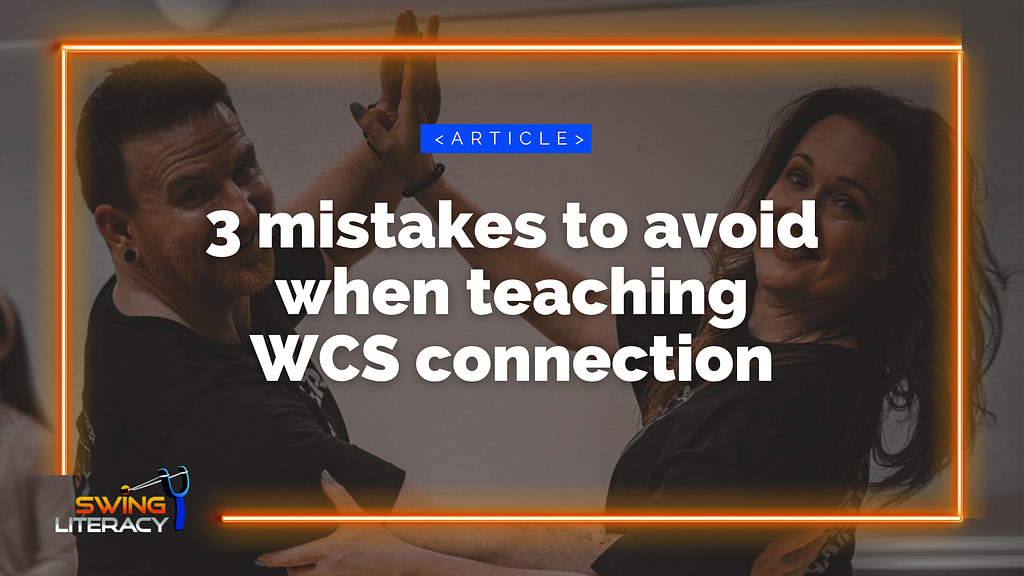
3 Mistakes to avoid when teaching connection
Reading Time: minutes remaining
Oooh... I have to pick just three? 😉
Normally, I would need to first mention the mistake of "teaching patterns and footwork before fundamental movement skills", but today I'll stay focused on the first few drills from the Elasticity Challenge. They might seem obvious at first, but let's explore them in the context of this week.
1. Not getting hands-on
The success of any connection drill can be accelerated just by having the student feel it with YOU. In class, it can be really easy to jump into the rotation because you are short leaders, but then the followers never get to "feel the ideal to seal the deal". So, it's worth it to make yourself a "checkpoint" in the rotation where everyone has to rotate to you somehow to get verification or adjustments. We often give this the cute car-reference nickname of "calibrating your suspension".
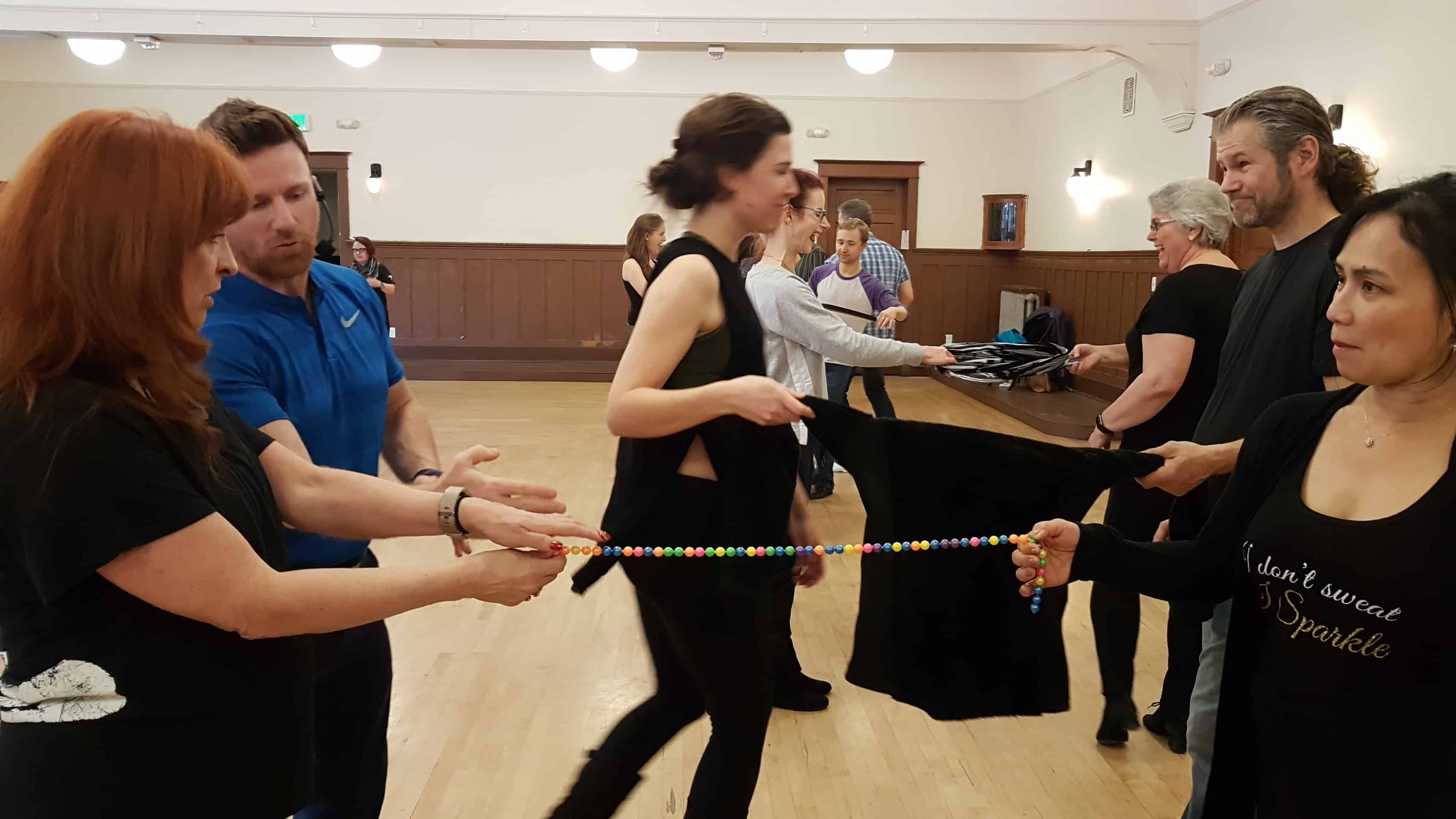
If you don't get hands on, it can be much harder to convince students that the drill is worth it - not impossible, as you can see by the Challenge, but it would be WAY easier, especially if you aren't polished in delivering these drills yet.
The first time students FEEL the elastic boinging them across the room, it's a revelation. The first time they FEEL you walk into them with momentum and force them to boing you with compression, they learn immediately their responsibility for redirection and are motivated to learn the skills to make that work better. If they can't FEEL it, it's harder for them to value it.
BUT - be sure to tell them what to feel FOR...
2. Not providing a scale of reference
We discussed this in the Elasticity Challenge Day 2 Recap video, talking about dancers' responses to my poll, "How would you describe your preferred WCS connection from a partner?".
So many dancers mentioned "light" or "heavy"... as though it was a binary choice! Plus, how is a partner supposed to interpret that? It's like saying "have good connection"... it's way too vague to be useful.
So beware using vague, abstract language for things like this. Make sure you are being specific about what kind of intensity you expect from their elasticity. As soon as possible, give them a scale of reference.
We used "lbs" or "kg", but we only bring out the actual tension scale for special occasions. As soon as you can get your students understanding what each level of 1-10 FEELS like, teaching your class will become easier in 2 ways:
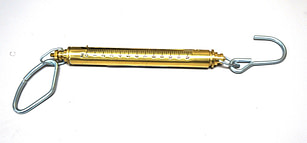
- You be able to communicate what you want them to do in class quickly, without a lengthy, abstract explanation
- They will have a shared vocabulary and frame of reference to exchange feedback on with a partner. Asking them to discuss their perception on a scale of weight, "Oh, that feel like an 8 to me", is a much lower-risk form of feedback than open-ended "sharing", so they have a chance to build trust in the class culture. This also frees you up to assist individual students as necessary.
3. Letting students practice too many variables at once
Be careful not to over-estimate the coordination skills of your average student. They will be able to handle all the things, just not all at once. It might surprise you that the things that you think are simple, and they think are simple, but to their motor control system, they are complex. And when any system is overloaded, it shuts down.
For example: In Day 1 of the Elasticity Challenge, there were some ambitious Challengers who commented that in their EndZone Bounces they were struggling, trying to think about their leg straightening, their pressure into the floor, their hip settling, etc... all tips that have nothing to do with these drills, but are just mental "clutter" in their brains from prior classes or workshops. So they are trying to juggle too many things and failing. So we have been coaching them to not worry about those and just focus on the drills cues provided.
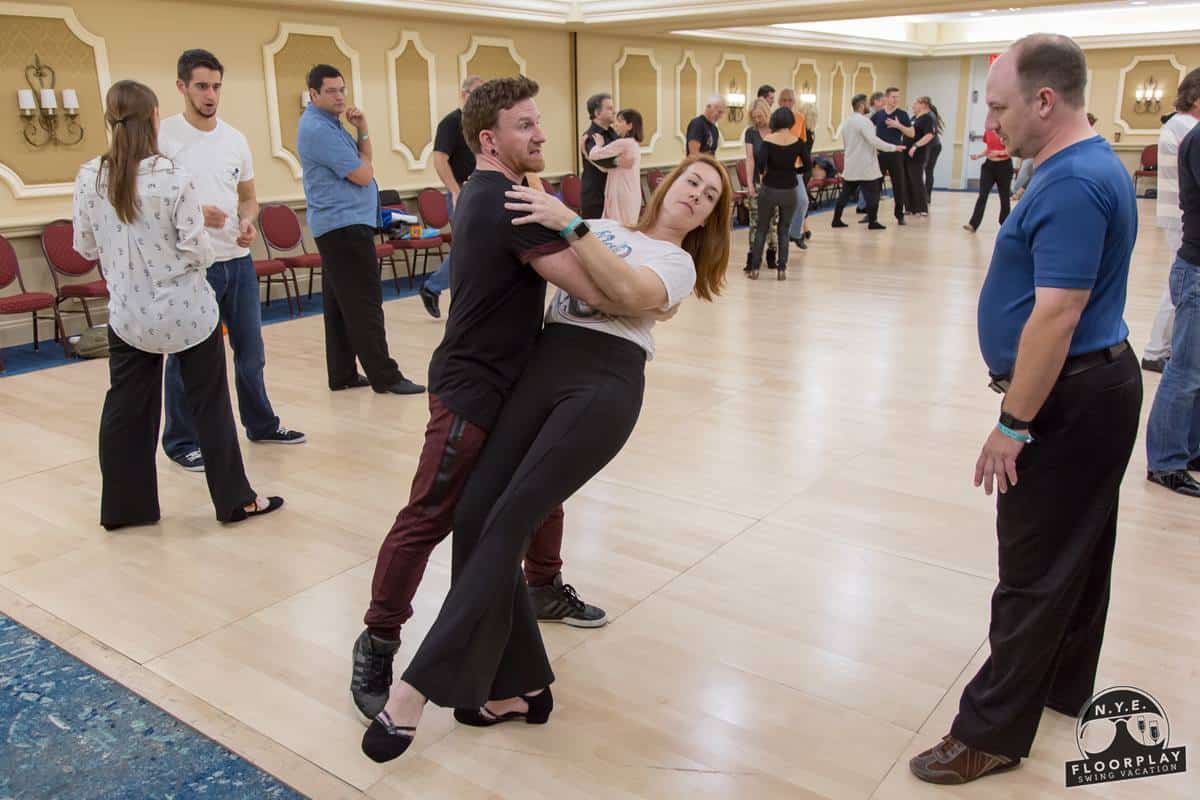
When you have your students do any drill, try to isolate as many variables as you can, so they can really focus on 1-2 things at a time, then only add more layers of complexity to it once the skill starts to automate and they can handle more.
This is why we are two days into the Challenge and we have not mentioned anything about triples, posting, or precise counting - yet.
ONE.THING.AT.A.TIME. And that "thing" could be even simpler than you think. Don't be afraid to have a little "simplification brainstorm party" when planning your classes. Then turn those simple things into big wins by making a big deal when your students accomplish them: "YES! Look at that GLORIOUS Day 2 Fridge Test Drill! You NAILED IT!" 😉
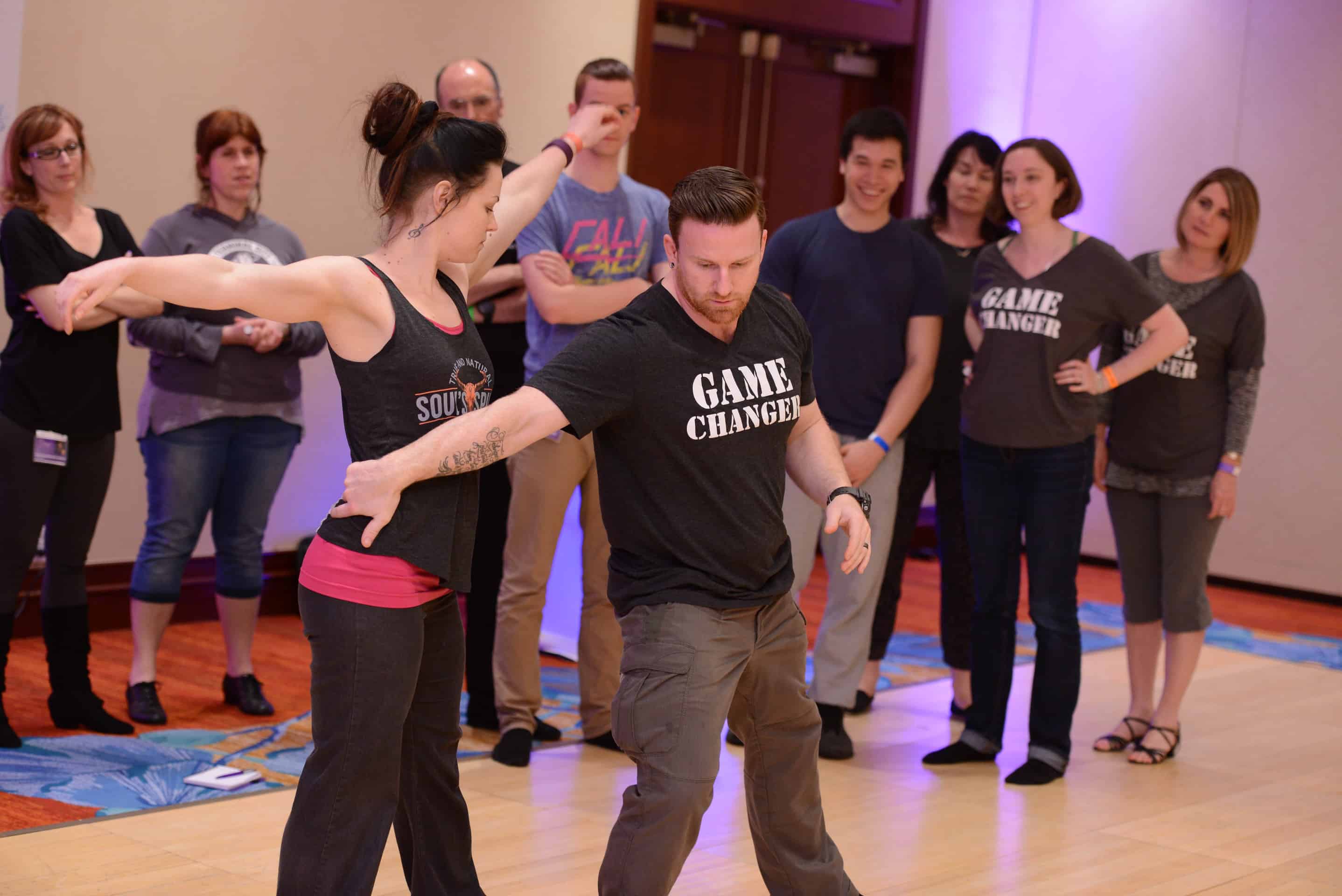
Want more?
Good teachers are collectors, tinkerers, and experimenters. They hunt and gather for nuggets of tips and advice to scuttle home to their students in the hopes that it will entertain them and help them improve.
We know, because we are master collectors. We've tinkered with thousands of toys and experimented with every tool we can find. We keep the best, upgrade the rest, and share all of our wisdom in the Swing Literacy Teacher Development Programs.
